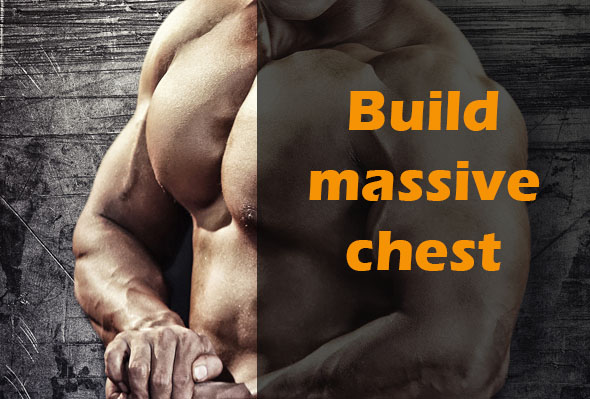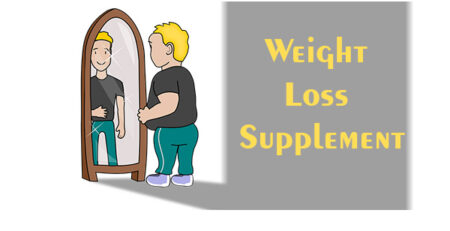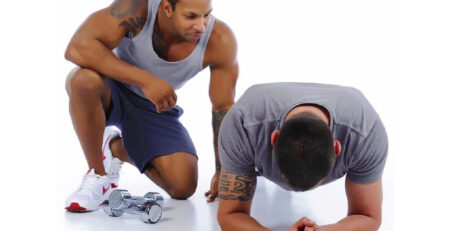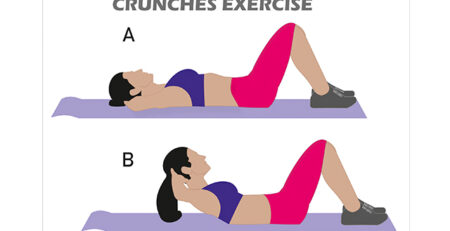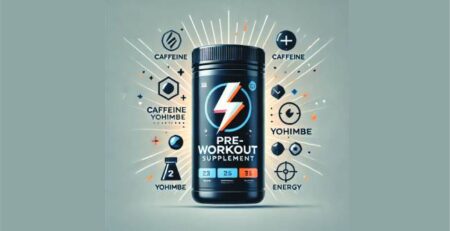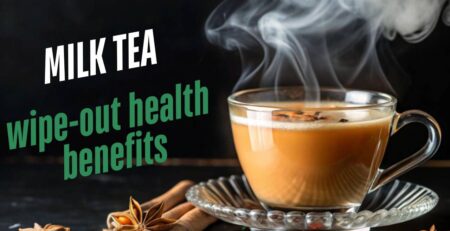Build Massive Chest
Understanding the chest muscle anatomy, and its functions help you to plan your exercises for better results and to avoid possible injuries that can occur with the wrong form and exercise and to build massive chest.
Chest consists of four muscle groups:
Pectoralis major:
The pectoralis major is a thick, fan-shaped muscle, a major part of the chest muscle. This large muscle consists of a clavicular head and a sternal head.
Origin -The clavicular head originates from the inner part of the clavicle (collarbone). Origin -The sternal head originates from three different areas which include the outer border of the sternum (breastplate), the costal cartilages of the top six ribs, and the aponeurosis of the external oblique muscle.
Insertion– Both the clavicular and sternal heads of the pectoralis major insert on the same two locations, which are the bicipital groove of the humerus and the deltoid tuberosity of the humerus.
Function-The pectoralis major’s primary functions are flexion, adduction, and internal rotation of the humerus.

Pectoralis minor:
Origin– The pectoralis minor muscle originates from the front surfaces of the third, fourth, and fifth ribs on each side of the rib cage.
Insertion-It inserts on the coracoid process of the scapula (shoulder blade).
Function– The pectoralis minor muscle functions to move the scapula both forward and downward, which helps to maintain the mobility of the shoulder joint. Additionally, this muscle helps to expand the rib cage by elevating the third through fifth ribs, which can aid in inhalation.
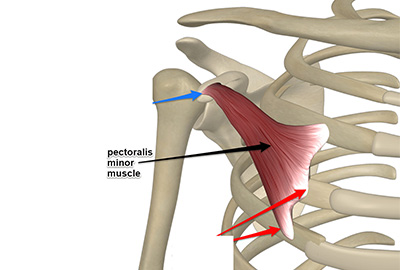
Subclavius:
Origin-The subclavius muscle originates from the first rib. Precisely, this muscle begins between the bone and the cartilage of the first rib.
Insertion-It originates from the first rib the subclavius muscle travels outward and inserts at the bottom surface of the middle part of the clavicle. There is a trench in the area of the clavicle where the subclavius inserts.
Function– subclavius muscle helps in the stabilization of the clavicle in the sternoclavicular joint during movements of the shoulder and arm. It also raises the first rib while lowering the clavicle during breathing.
Serratus anterior:
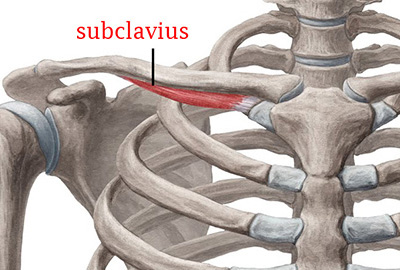
Origin – Serratus anterior normally originates by nine or ten slips (muscle branches) from either the first to the ninth ribs or the first to eighth ribs.
Insertion – The muscle is inserted along the medial border of the scapula between the superior and inferior angles along with being inserted along the thoracic vertebrae.
Function– The serratus anterior acts to pull the scapula forward around the thorax.
How to position the grip for press movements:


Understanding the different grip positions to avoid injury and gives better results:
Regular grip – 4-6 inches away from the shoulder width. This grip position allows mostly chest muscles to work in isolation.
Close grip – shoulder width or 1-2 inches under the shoulder width. This grip position engages the triceps equally.
Wider grip – beyond 6 inches from the shoulder width. This grip position involves the anterior shoulder as well to some extent. Which may injure your rotator cuffs if overused.
Sample 1 chest exercises for mass:
3 sets and 6-12 reps for each exercise. Take 30-90 seconds rest in between each set and 2 mins between each exercise.
- incline barbell press
- decline dumbbell press
- flat flyes
- parallel dips
sample 2 chest exercises for mass:
3 sets and 6-12 reps for each exercise. Take 30-90 seconds rest in between each set and 2 mins between each exercise.
- flat bench press
- incline dumbbell press
- high to low cable cross over
- reverse grip decline bench on the smith machine
- pec dec flyes

